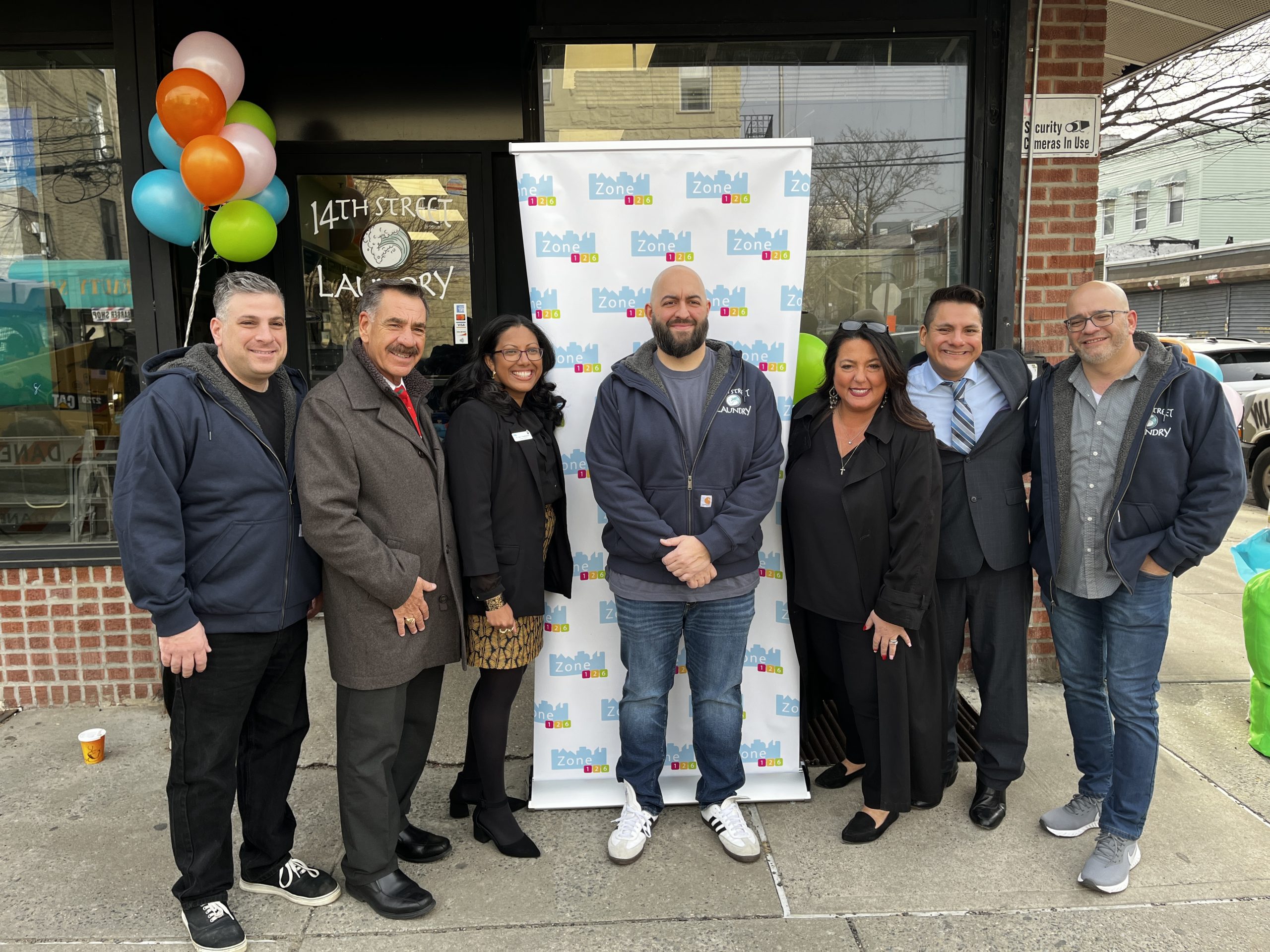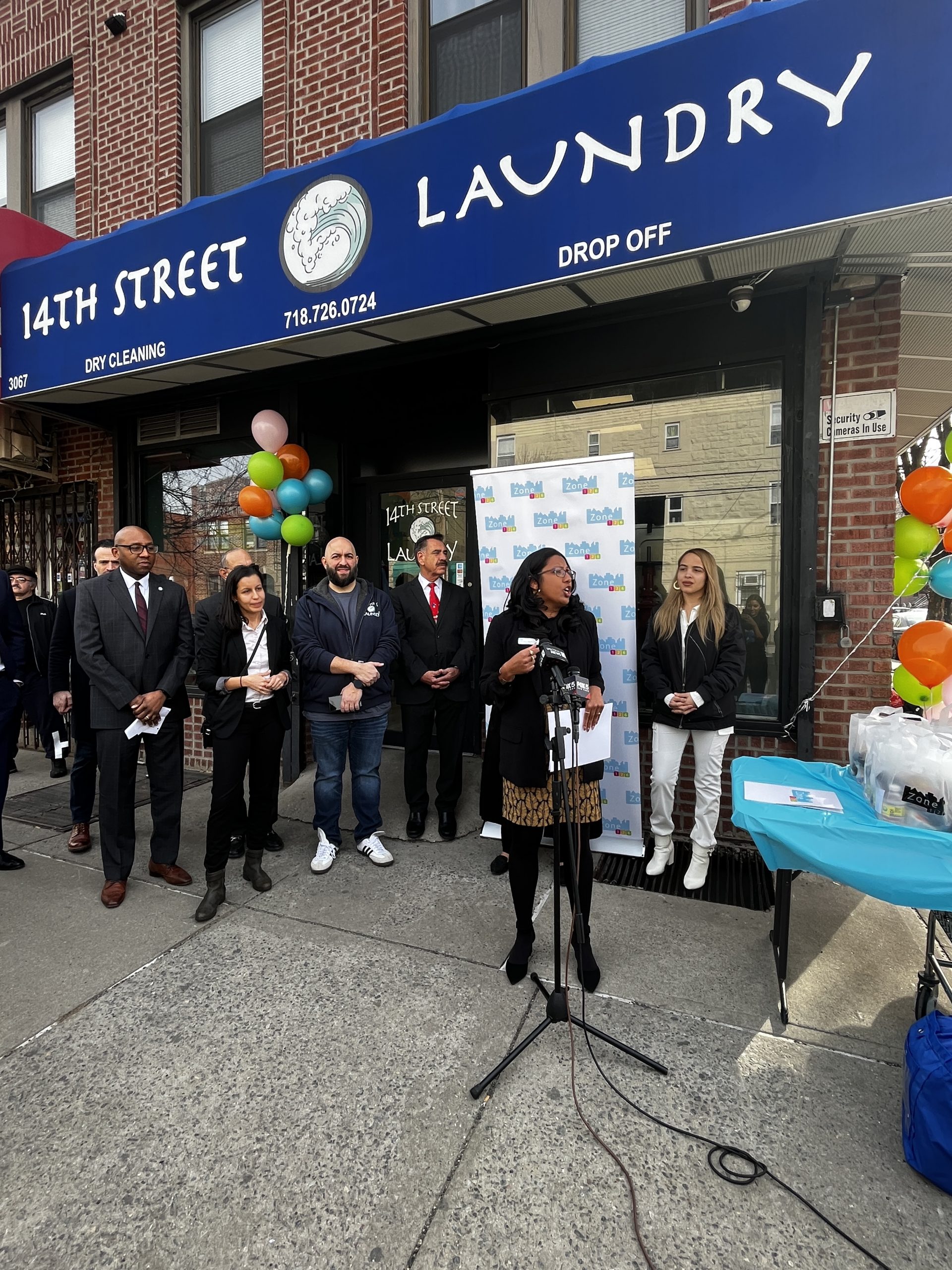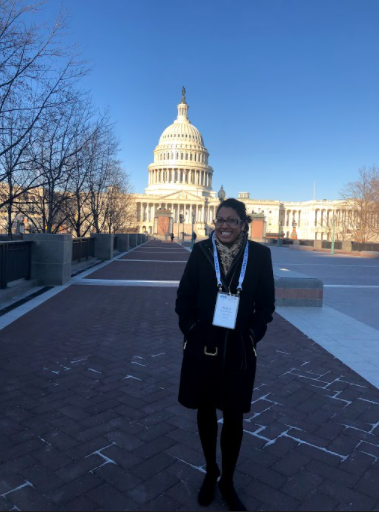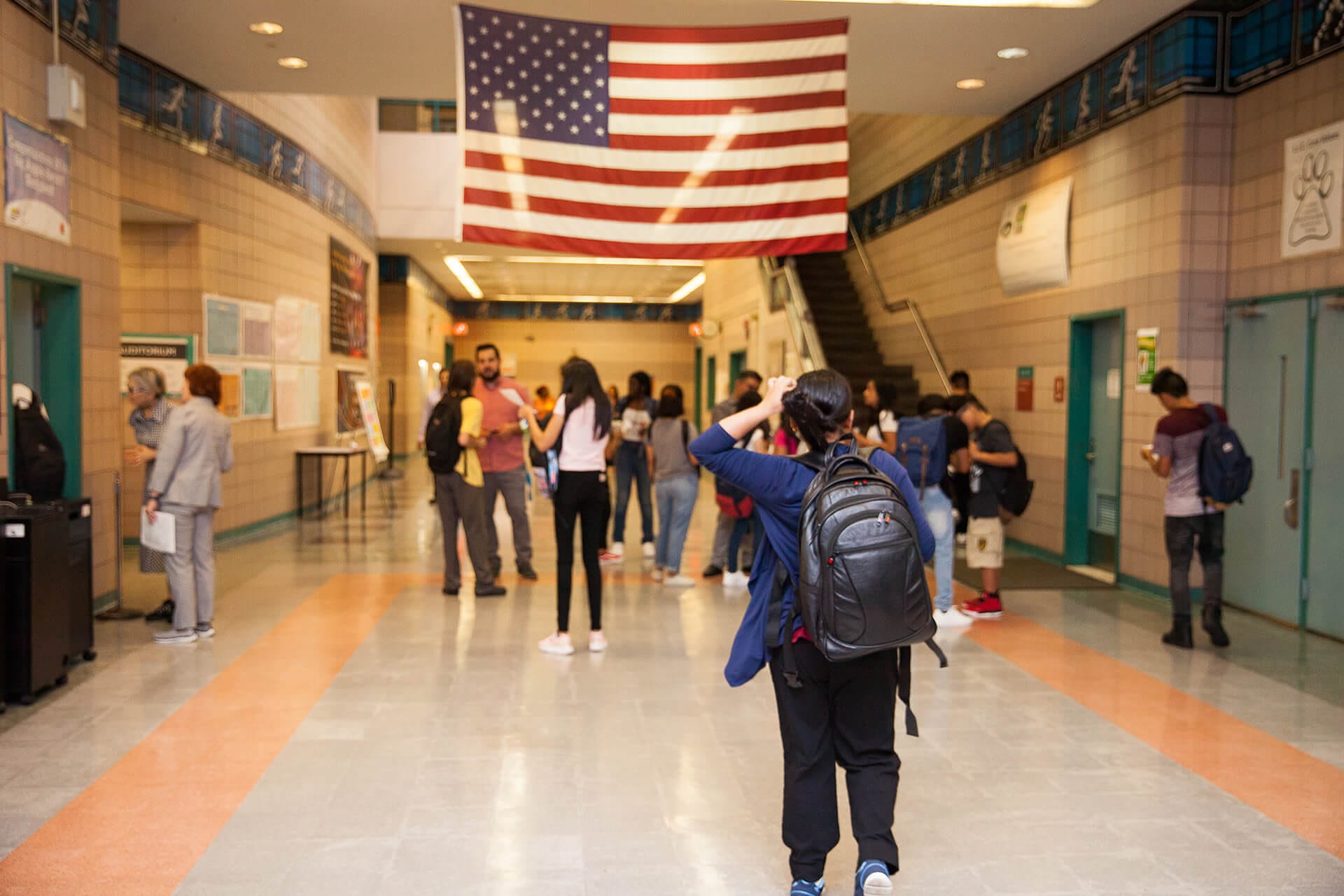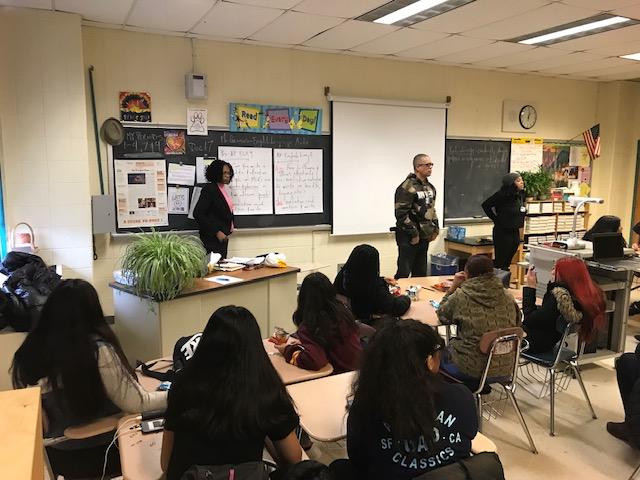enACT: They Make a Dramatic Difference!
enACT is an organization that teaches conflict resolution through the use of drama at Long Island City High School(LICHS) and several other schools across New York City. The organization has proven through engaging young adults in activities and allowing them to get to the core of the problems they face impacts student behavior, attendance, and engagement. enACT’s method focuses on helping youth work through their problems by improving communication skills and behavior.

enACT’s program has a unique way of reaching out and helping the students at LICHS. A teaching artist visits classes on a weekly basis, runs weekly drama-based afterschool programs, and provides one-on-one and group counseling as part of a partnership. The enACT program has integrated itself into the culture of the school and impacted the lives of the students teaching artists work with. During classroom visits, the teaching artist engages students in scenes to inspire thoughts about their reaction to situations relevant to their everyday lives. Topics include violence, relationships, bullying, and more. These scenes aim to give young adults the opportunity to truly understand what it is like to be in difficult situations and develop an appropriate reaction. Through the incorporation of Social Emotional Competencies such as: self-management, self-awareness, and relationship skills, students work towards identifying and naming feelings and ultimately understanding and expressing their needs.
Students with the opportunity to engage in this program often show significant change in behavior and attendance. Kaylee, a student at LICHS, expressed her gratitude for the program, saying “…it gives you an opportunity to express everything that goes on in your life.” Student approval shows that enACT has a positive impact.

LICHS has partnered with enACT for two years. Fully integrating its methods into the school’s culture has not only improved student performance. enACT has contributed to increases in family engagement, teacher satisfaction, and an increase in positive school climate.
Catch up on the latest
Keep in Touch
Subscribe to receive our monthly newsletter and updates.



